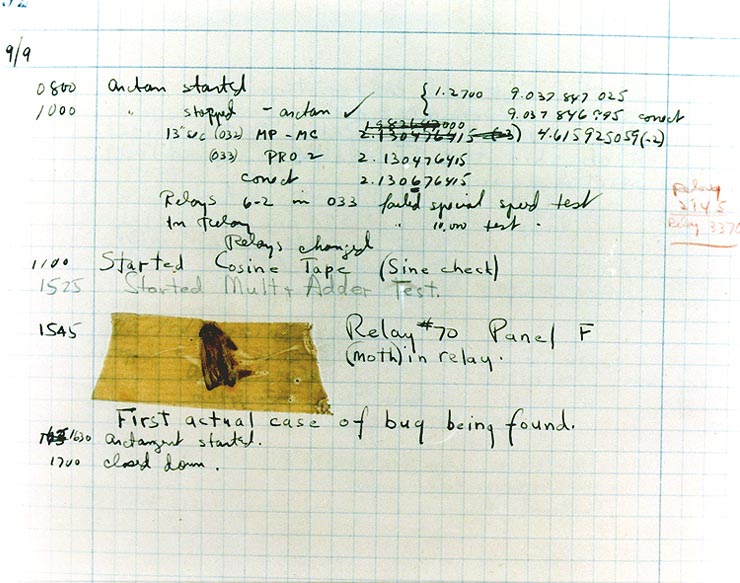The typical career arc of a naval officer may run from 25-30 years. Most, however, don’t start at age 35. Yet when it comes to Rear Adm. Grace Hopper, well, the word “typical” just doesn’t apply.
Feisty. Eccentric. Maverick. Brilliant. Precise. Grace Hopper embodied all of those descriptions and more, but perhaps what defined her as much as anything else was the pride she had in wearing the Navy uniform for 43 years. Ironically, Rear Adm. Grace Hopper — “Amazing Grace” as she was known — had to fight to get into the Navy.
Grace Brewster Murray was born into a well-off family in New York on Dec. 9, 1906. She could have followed what many of her peers did during those times: attending college for a year or two, getting married then devoting their lives to their families and volunteer work.
Instead, Grace’s path would be less traveled. Encouraged to explore her innate curiosity on how things worked, a 7-year-old Grace dismantled all of the family’s alarm clocks trying to put them back together again. Rather than banishment from the practice, she was allowed one to practice on.
[…]
When she joined the WAVES in December 1943, Lt. j.g. Grace Hopper was 37 years old. Williams noted that after graduating at the top of her class of 800 officer candidates in June 1944, Hopper paid homage to Alexander Wilson Russell, her great-grandfather, the admiral who apparently took a “dim view of women and cats” in the Navy and laid flowers on his grave to “comfort and reassure him.”
Hopper was sent to the Bureau of Ordnance Computation Project at Harvard University under the guidance of Howard Aiken. The Harvard physics and applied mathematics professor helped create the first Automatic Sequence Controlled Calculator (ASCC), better known as Mark I. He ran a lab where design, testing, modification and analysis of weapons were calculated. Most were specially trained women called computers. “So the first ‘computers’ were women who did the calculating on desk calculators,” Williams said. And the time it took for the computers to calculate was called “girl hours.”
What happened next put Hopper on a new path that would define the rest of her life, according to a passage in the book Improbable Warriors: Women Scientists in the U.S. Navy during World War II also by Williams.
On July 2, 1944, Hopper reported to duty and met Aiken.
“That’s a computing engine,” Aiken snapped at Hopper, pointing to the Mark I. “I would be delighted to have the coefficients for the interpolation of the arc tangent by next Thursday.”
Hopper was a mathematician, but what she wasn’t was a computer programmer. Aiken gave her a codebook, and as Hopper put it, a week to learn “how to program the beast and get a program running.”
Hopper overcame her lack of programming skills the same way she always tackled other obstacles; by being persistent and stopping at nothing to solve problems. She eventually would become well-versed in how the machine operated, all 750,000 parts, 530 miles of wire and 3 million wire connections crammed in a machine that was 8-feet tall and 50-feet wide.




